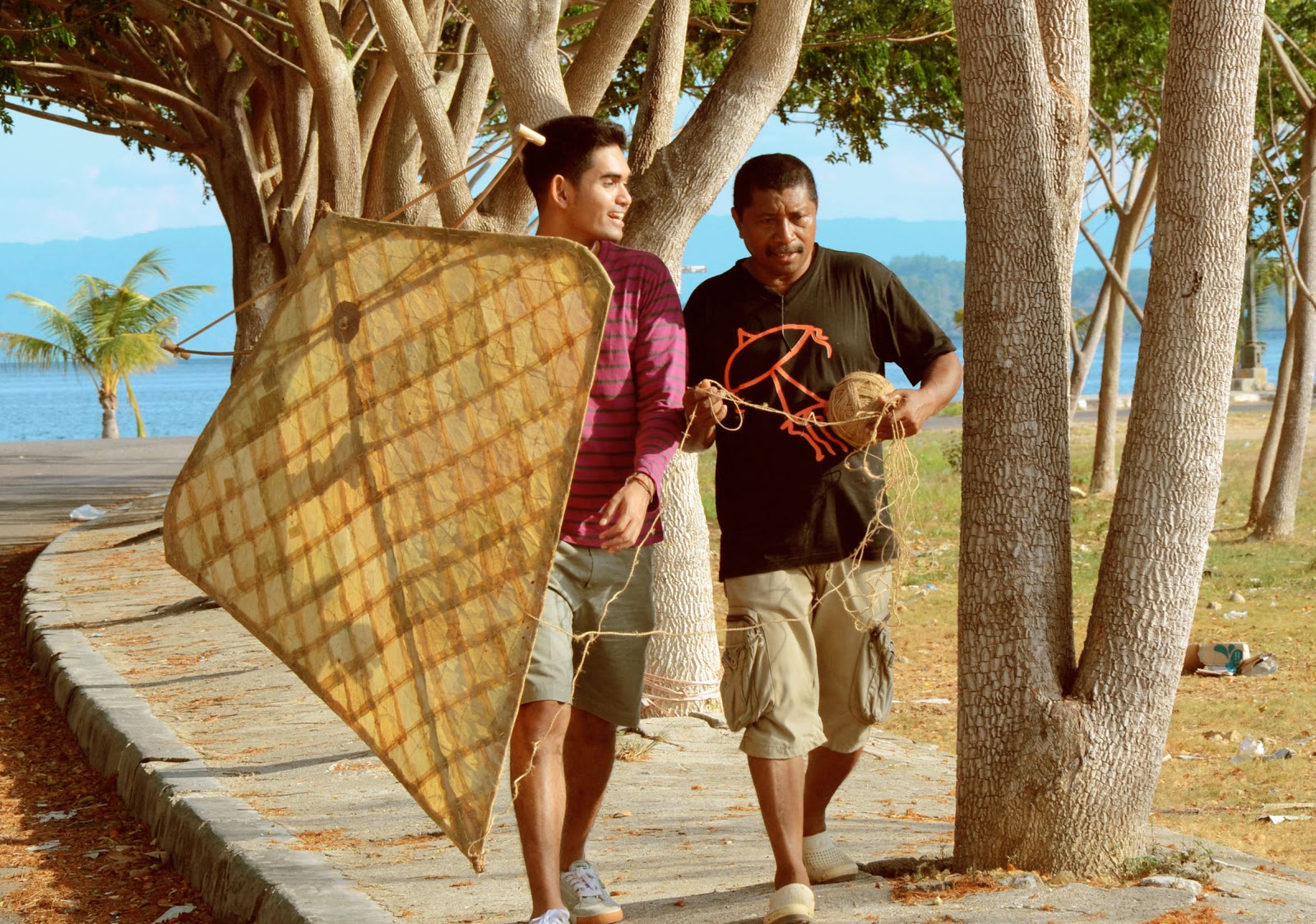Kites are commonly known as traditional toys, as the flying contraption is thought to date far back into history.
Asep Irawan, a staff member at the Layang (kite) Museum in South Jakarta, said the oldest kite in Indonesia came from Muna, Southeast Sulawesi, dating back to ancient times.
The kite is known as kaghati kolepe.

"In Muna, Southeast Sulawesi, kites are made from the kolope leaf. It is said that people wanted to reach the god by flying kites," Asep said as quoted by kompas.com, the Indonesian news online portal.
Up to today, Muna residents continue the tradition of making of kites from leaves.
"Uniquely, the graves of the people from Muna are still covered by kites," Asep said, adding that he was unsure what the meaning behind the practice was.
The kaghati kolepe is among the collection of kites displayed at the museum, which is located in Pondok Labu, South Jakarta.
In addition to seeing various kites from around Indonesia and the world, museum visitors can also learn how to make their own.

In short, Seasia compiled here the top must-know facts about the world’s oldest kite, for those who are still unfamiliar with this ancient heritage:
1. It is believed that until 1997, China is known as the inventor of world’s first kite. However, in 1997, a German man, Wolfgang Bieck, as well as a kite lover and kite expert, declared that Kaghati kolepe is the world’s first kite.
2. Wolfgang was interested to kite from Indonesia, since from international kite festival Berck sur Mer which was held in France in 1997. Due to his attractiveness of kaghati kolepe, Wofgang finally visited Muna Island, in South East Sulawesi to learn more about this traditional kite.
3. In this opportunity, Wofgang was invited by a kite lover from Muna Island to see a painting inside Sugi Patani cave, located in Liangkobori village, Muna. In the cave’s wall there’s a drawing which described a man was flying a kite. From this point, Wofgang research is started.
4. From this result of research, Wolfgang then declared that the kaghati kolepe from Muna, Southeast Sulawesi is the first kite ever been flown by human.
5. Kaghati kolepe is included as a unique kite because the main material is dry leaves combined with bamboo skin.
6. In ancient time, the ancestor of Muna people flew kite as a spiritual method. The flying kaghati kolepe is hoped as the guide to God which exist in the sky. In the last day after 7 days of lying, the rope of kaghati kolepe is cut and let to fly freely by wind. It is hoped, that this kite will able to guide the owner’s soul after the owner is die, to place where God is belong.

7. But since Islam penetrated into Sulawesi Island, this culture has changed into entertainment method.
8. The natural materials used to make Kaghati are relatively easy to get around Muna Island. those are kolope leave, or forest tuber as the mainsail /screen, bamboo skin as the frame, twisted forest pineapple fiber as rope (modern kite are using string).
9. The size of the kite us varying depends on the maker’s wish. Averagely, Kaghati sized almost as a grown-up man.
10. Though it’s made from natural material, Kaghati is a sturdy kite which able to fly high and last in the air for days. The sail which made from kolope leaves is arranged in such a way so it became strong and waterproof.
11. Besides, in both sides of kaghati kolepe, there’s a part called kamumu that will create a sound when it flies in the air. It’s up to the owner’s preference in order for the Kaghati can be easily recognised from its sound when it flies high in the sky.
Source : The Jakarta Post and http://en.gocelebes.com/kaghati-worlds-first-kite/


















